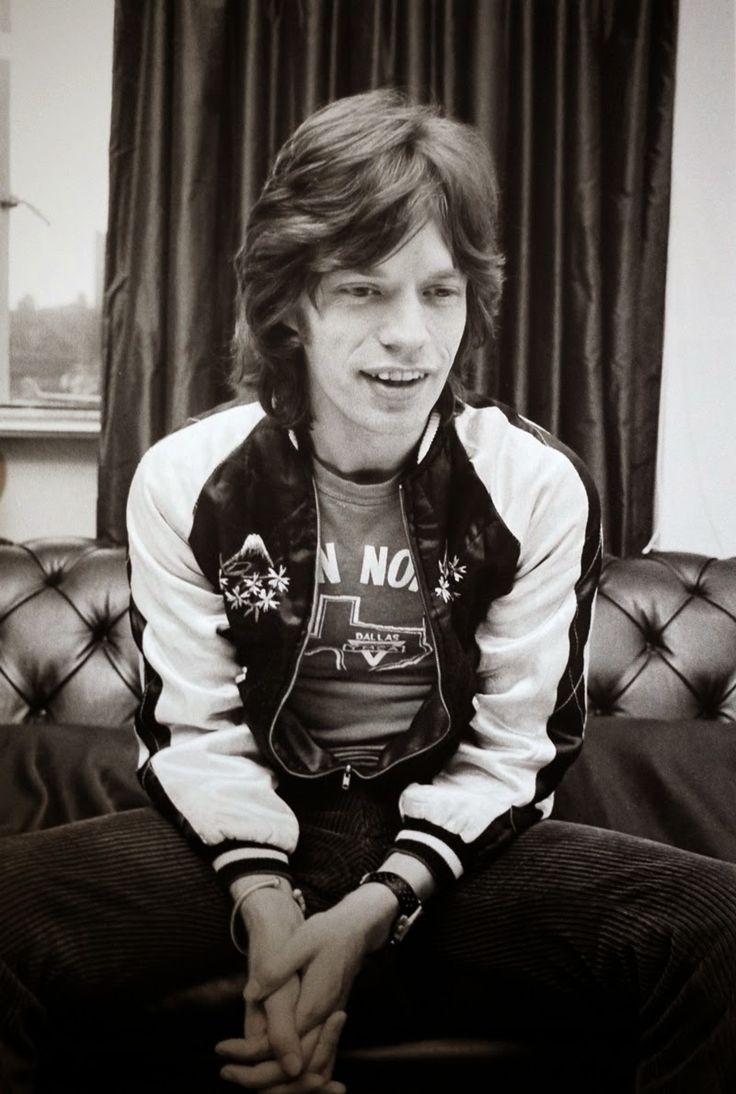Satin bomber jackets are taking the fashion world by storm. We’ve all seen our favorite celebrities wearing these cool jackets. That’s because these satin bomber jackets are timeless classics and come in so many variations on a common theme that you’re bound to find one that really suits your style.
The History of Bomber Jackets
The history of bomber jackets begins with flight jackets introduced by the military in World War I (1914-1918). These leather jackets were designed to keep pilots warm in an age when they flew in open cockpits. They protected their eyes with goggles and kept their bodies warm with heavy leather jackets. The jackets involved some innovations such as high collars sometimes lined with fur for extra insulation that can completely protect the neck area from the elements. Zippers were equipped with wind flaps. The wrists and waist area was also designed to be snug. In a word it was designed to keep the pilot warm during flight and protect them from the wind and cold.
MA-1: the Original Satin Bomber Jacket
These jackets evolved with aviation technology and combat requirements to eventually become the ones we know now. The style most of us associate with satin bombers, the iconic MA-1 jackets, were introduced around 1950. Fighter jets were able to soar to higher altitudes while cockpits were more cramped due to aircraft becoming sleeker and more powerful. As a result, pilots needed jackets that were less bulky and adaptable to colder temperatures. The jackets were sage green on the outside and orange on the inside. They were reversible and the flashy orange was for stranded pilots to use as an aid to grab the attention of rescue workers.
Sukajan: Enter the Dragon
Another related development was the iconic sukajan (スカジャン) style jackets. These jackets were the byproduct of many American servicemen being stationed in the Far East after World War II and the Korean War that followed. Some of the servicemen stationed in Japan began taking in their jackets for traditional oriental embroidery. The themes varied from war theaters, Asian cultural symbols, the logos of their squadron, and other personalization. In addition to adding embroidery to existing military issue gear they would also take in parachutes (made with silk back then) into Japanese tailors and have them dyed and refashioned into jackets with custom embroidery. While originally called “souvenir jackets” they were ultimately called “sukajan” in Japan. The etymology is unclear but the two main theories is that it’s a shortened form of “sky jumper” pronounced the Japanese way or a shortened form of “Yokosuka jumper” as “jumpers” was the Japanized English term for Jackets.
Cultural Icon
Even though these satin bombers are deeply rooted in military tradition and postwar geopolitical reality, it didn’t take long for both bombers and sukajan to enter popular culture across the world. Bombers were assimilated into the uniform of skinheads in London (the original non-racist ones who loved ska music) while sukajans were worn by various celebrities starting with Mick Jagger back in the day.

Satin bomber jackets and their various cousins will continue to be fashionably relevant for some time to come. They’ve already stood the test of time through various fashion cycles and even weathered a variety of associations with various subcultures and countercultures. As long as people consume media they will always be bombarded by images of traditional bomber jackets whether its images of the military, presidents, or other civilians. At the end of the day these jackets are not only stylish but extremely functional.

